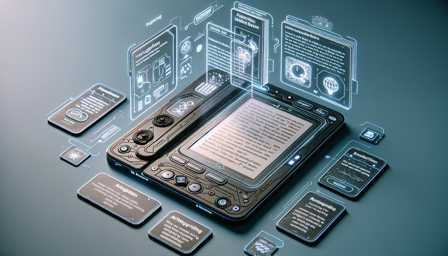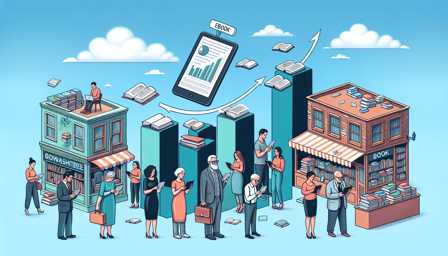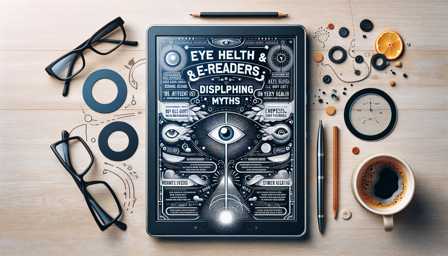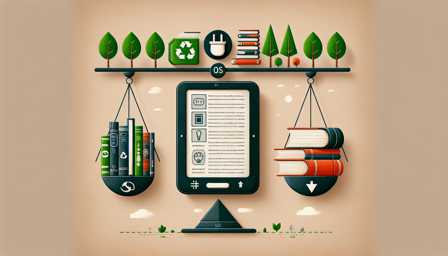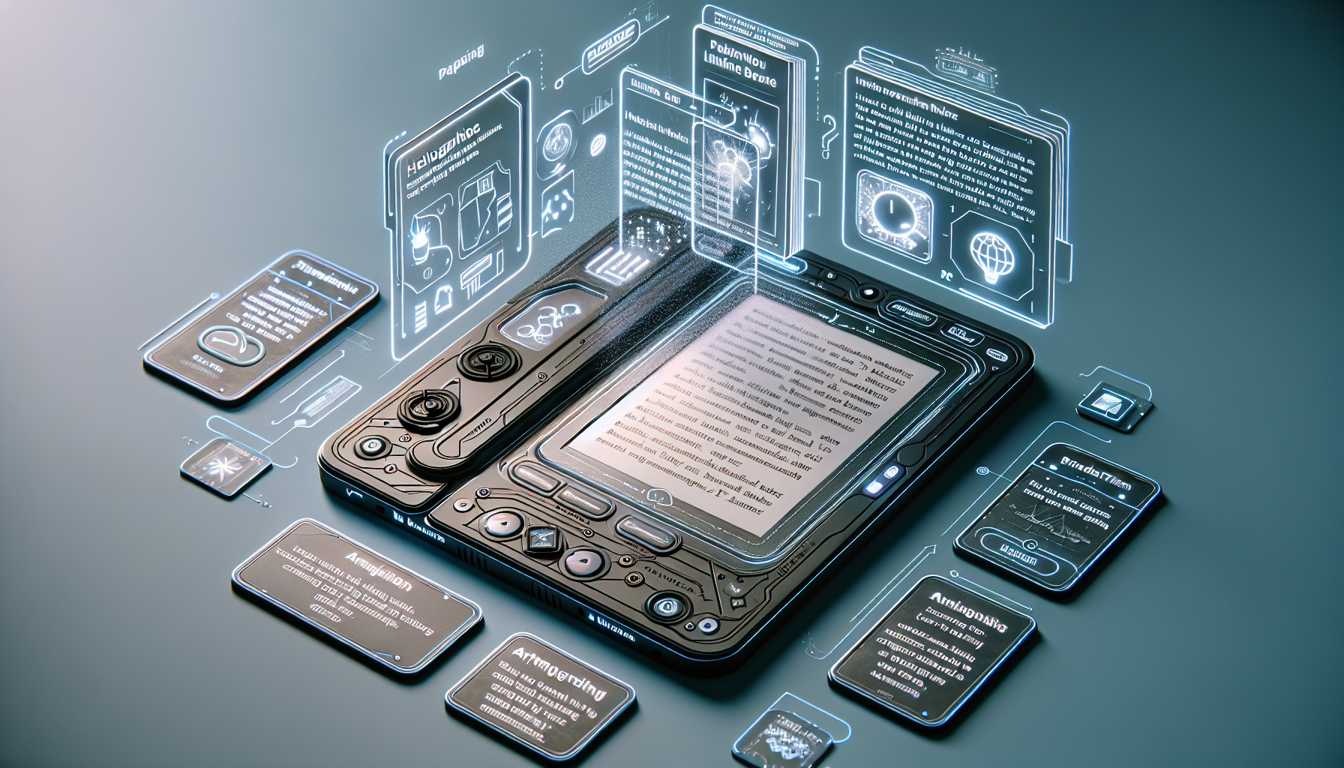
The Future of E-Readers: What to Expect in the Coming Years
E-readers have been a revolution in the world of literature and publishing. From bibliophiles to casual readers, everyone has greatly appreciated the convenience and practicality these devices offer. The Amazon Kindle, the Kobo Forma, and the Barnes & Noble Nook have already made significant splashes in the e-reader market.
As we delve deeper into the digital age, we can expect more advanced enhancements in our e-readers, with advancements in screen technology, content diversity, and interactivity. But what exactly can we expect in the future of e-readers?
Larger and More Responsive Screens
In the pursuit of offering a better, more immersive reading experience, we can expect e-readers to come equipped with larger screen sizes. Economic models like the Amazon Kindle already come with a 6-inch screen, whereas premium devices like the Kobo Forma offer an 8-inch screen.
Future e-readers will not just be boasting larger screen sizes, they will also incorporate superior touch responsiveness and clearer resolutions. We can anticipate the adoption of the updated E Ink technology as seen in the Kobo Elipsa, enhancing the digital reading experience to near physical book-like levels.
Expanded Content Types
E-readers initially started as a platform for ebooks, closely mirroring the traditional reading experience. As we move towards the future, e-readers are likely to support a wide array of content – from audiobooks to podcasts to digital magazines.
For example, Amazon's Kindle Oasis already supports Audible, Amazon's proprietary audiobook service. Other e-readers too are implementing these features, transforming the devices into a one-stop solution for all reading and listening requirements.
Enhanced Interactivity
As e-reader technologies continue to develop, these devices are likely to offer new levels of interactivity. For instance, the ReMarkable 2, a premium e-reader, has been dubbed the 'paper tablet', as it enables users to capture their handwritten notes digitally, aside from its conventional e-reader functionalities.
Longer Battery Lives
E-Readers are known for their impressive battery lives, with most devices offering weeks of reading time. As technology progresses, we can expect future e-readers to augment their battery lives even further.
Cloud-Based Libraries
To provide more content accessibility, e-readers could increasingly move towards cloud-based libraries. This will allow readers to have all their reading materials—books, magazines, audiobooks, podcasts—stored in one place, and can be accessed from any device with cloud connectivity.
Barnes & Noble’s Nook already has a cloud feature, and other brands like Amazon Kindle and Kobo might soon follow suit.
Smarter E-Readers
The integration of Artificial Intelligence (AI) might be another breakthrough for e-readers. AI can analyze reading habits and recommend books, adjust light automatically based on environmental conditions, and even offer summaries of chapters.
Conclusion
In conclusion, the future of e-readers looks promising with the promise of larger screen sizes, diversified content, enhanced interactivity, longer battery life, and smarter personalization. As technology continues to enhance our lives, e-readers will remain indispensable tools for convenient, immersive, and versatile reading experiences, evolving to meet the digital needs of contemporary readers.

